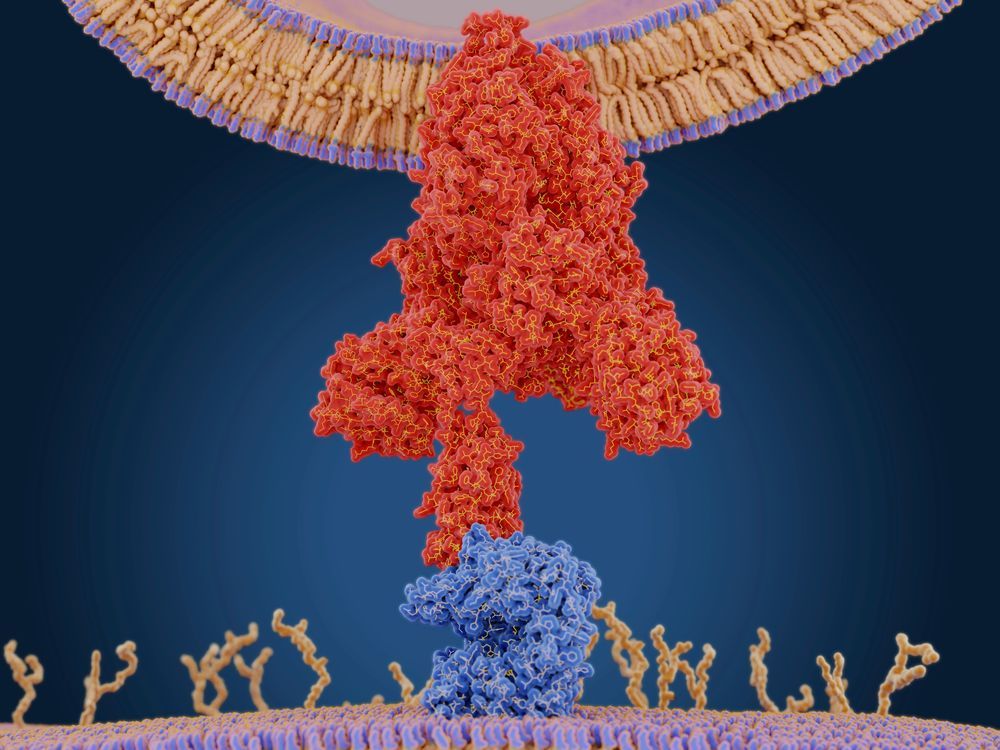When a virus invades your cells, it changes your body. But in the process, the pathogen changes its shape, too. A new mathematical model predicts the points on the virus that allow this shape-shifting to occur, revealing a new way to find potential drug and vaccine targets. The unique math-based approach has already identified potential targets in the coronavirus that causes COVID-19.
Outlined in April in the Journal of Computational Biology, the strategy predicts protein sites on viruses that stash energy—important spots that drugs could disable. In a rare feat, the work proceeds from pure mathematics, says study author and mathematician Robert Penner of the Institute of Advanced Scientific Studies in France. “There’s precious little pure math in biology,” he adds. The paper’s predictions face a long road before they can be verified experimentally, says John Yin, who studies viruses at the University of Wisconsin–Madison and was not involved in the research. But he agrees that Penner’s approach has potential. “He’s coming at this from a mathematician’s point of view—but a very scientifically informed mathematician,” Yin says. “So that’s highly rare.”
Penner’s method takes advantage of the fact that certain viral proteins alter their shape dramatically when viruses breach cells, and this transformation depends on unstable features. (A stable protein site, by definition, resists change.) By identifying “high free energy sites”—areas on a viral protein that store lots of energy—Penner realized he could spot likely “spring” points that mediate this change in shape. He calls such high-energy spots exotic sites. Finding them required some complex math.
